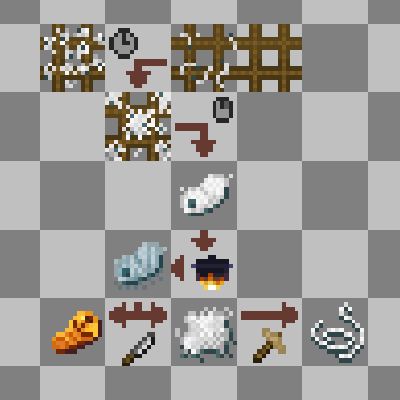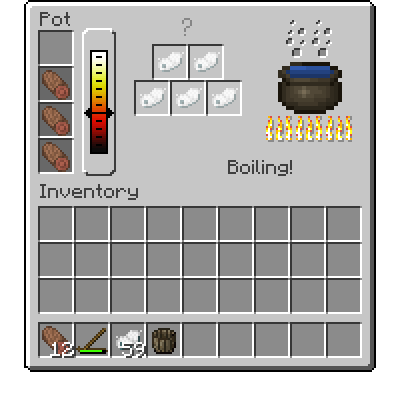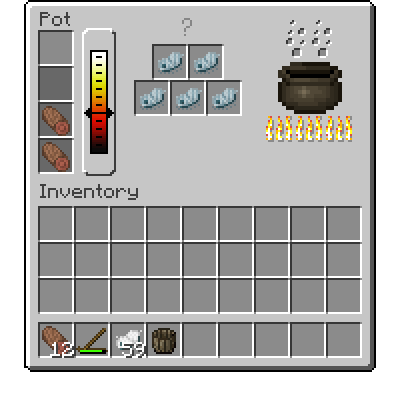Moths and Silk Worms
Moths are much like the bees from firmalife, with a couple of key differences.
Before you can even start a silk worm farm you first must find a climate suitable for them. By default silk worms need a temperature: of 19 - 29 °C and rainfall: of 300 - 400mm. While there look for a mulberry tree, it's leaves are a silk worms favourite snack.
Multiblock
Mulberry trees require 19 - 35 °C for temperature and 300 - 500mm for rainfall.
Now you'll need to craft a mothbox as well as some larvae lattices. Wild moths will come and lay their larvae on lattices housed in mothboxes. In order to attract wild moths the mothbox needs light sources around it. About 10 torches is enough to attract moths, with the benefit falling off around 60. Mothboxes can share light sources


















Item: lithicaddon:mulberry_leaflets
Getting a wild moth to lay larvae isn't the end of you job however. You remember those mulberry trees? Well you'll need to cut them down in hopes of getting mulberry leaflets the primary source of food for silk worms. Silkworms have a 50% chance to eat leaves every day.
Regardless of if leaves are consumed or not leaves still must be present for the mothbox to function and for the silk worms to grow. After about 22 days of developing the silk worm will cocoon.
From there you may choose to pluck the cocoons right off using Right Click. Or you can let them develop into moths to allow for their traits to pass on to new silk worms.
Once you have a cocoon you must boil it. Doing so will give you a Boiled Silk Worm Cocoon which you cut open with a knife to get a Boiled Silk Worm and a Bundle of String.
From there you can eat the Boiled Silk Worm Cocoon and put the Bundle of String in with a spindles in a crafting table.



8


Thank you Jothbot for this image
List of Abilities
- Hardiness: Allows silkworms to grow at more extreme temperatures and humidity. Hardiness increases temperature tolerance by 1°C in each direction per level and humidity tolerance by 5mm in each direction per level.
- Size: Makes silk worms eat more leaves but they grow into bigger cocoons.
- Fertility: Lets moth breed with less lights around.
- Fasting: Decreases the chances a silk worm will eat. By 10% per level. Fasting also increases the time it takes for a silk worm to develop
- Hunger: The opposite of Fasting, decreasing the time for silk worms to develop, but increasing the chances they eatFASTING AND HUNGER CANCEL EACH-OTHER OUT
Extras
- When a moth hatches from a cocoon there is a small chance for a Bundle of String to appear in the bottom slot.
- Grown moths are good for breeding but still require food.
- Taking a Larvae lattice with moths on it out of the mothbox will kill the moth. This only applies to fully grown moths

